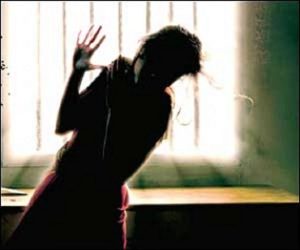KARACHI: When Attiya Dawood sat down to write her autobiography during a visit to India, the process was fraught with fear and pain. She could not put pen to paper as any other male writer would; she knew she was pushing boundaries and questioning social mores. And while writing helped to exorcise the demons chasing her from early girlhood, they also left her vulnerable to the barbs of critics who freely misconstrued her meaning.
Woh ik baat saaray fasany me jiska zikr na tha
Wohi bat un ko bahot nagawar guzri hai (Faiz)
Had the autobiography been written by a man, there would have been no need to indulge in such an exercise. But our male-dominated society has always felt the need to restrain frank disclosures and uninhibited expression from female writers. And this is true not just of our part of the world — the cover of the first edition of Jane Austen’s Pride and Prejudice proclaimed that it was authored ‘by a lady’, as if the fact of a woman writing was an amusing novelty.
In our society, the woman who dares to pen the events of her life becomes vulnerable to the salacious tongues of those around her, becoming an easy target and the topic of gossip. Yet this has not discouraged women writers from the subcontinent. Kishwar Naheed dared to write Buri Aurat ki Katha (The Story of a Bad Woman) while Azra Abbas penned Mera Bachpan (My Childhood) and Sheen Farrukh wrote her autobiography Jeenay ka Jurm (The Crime of Living). And while they spoke out against patriarchal injustice, they were not spared by it.


